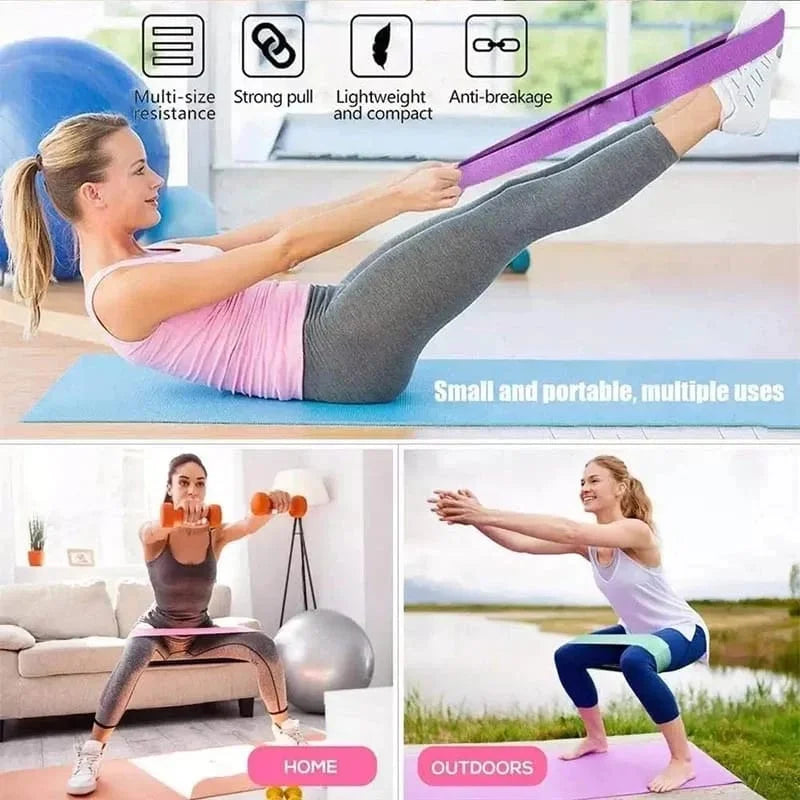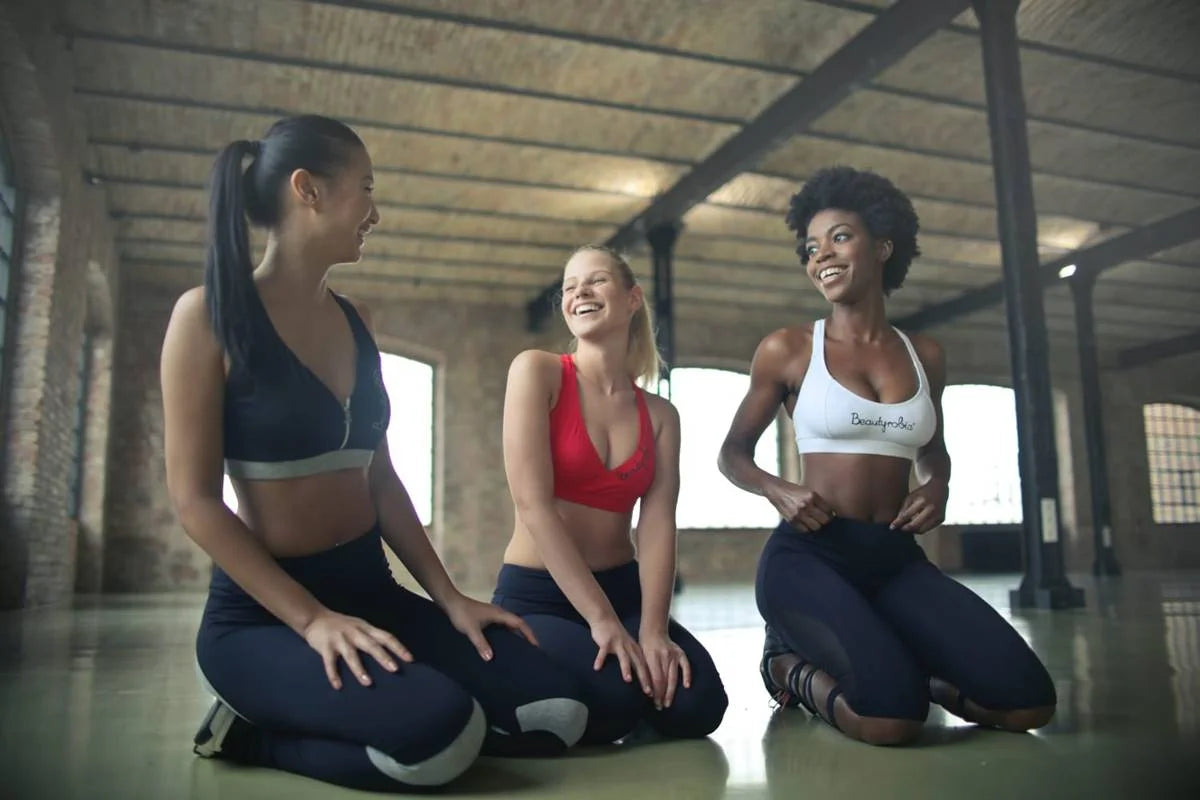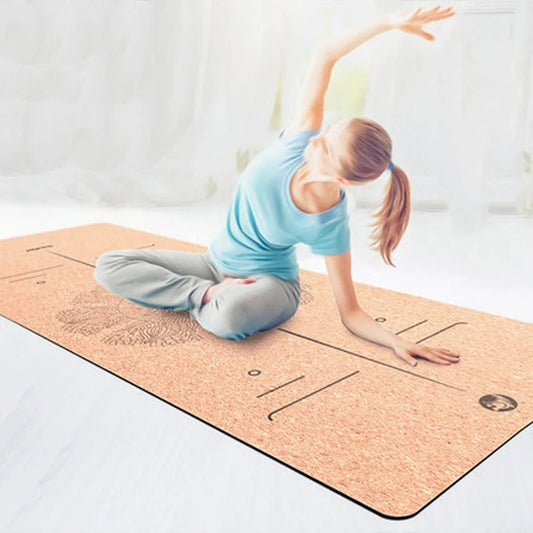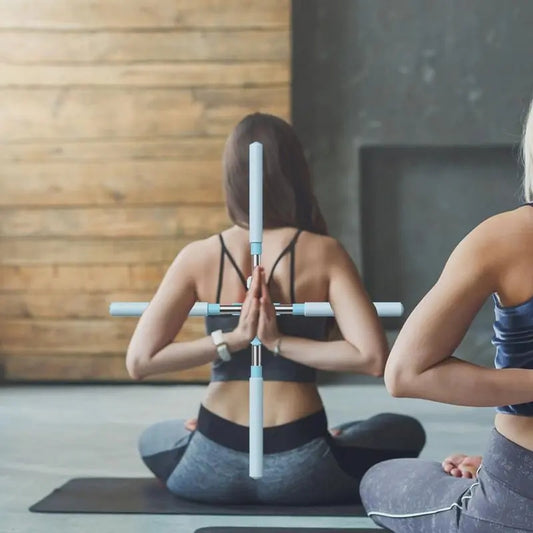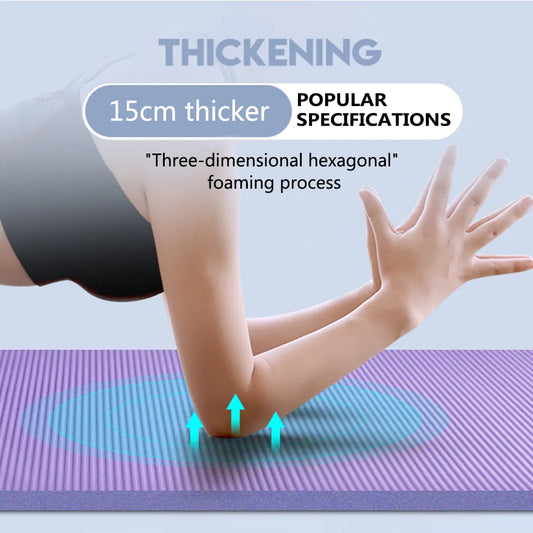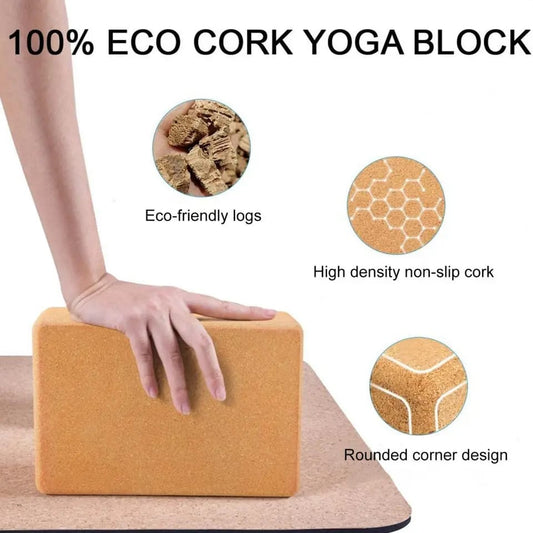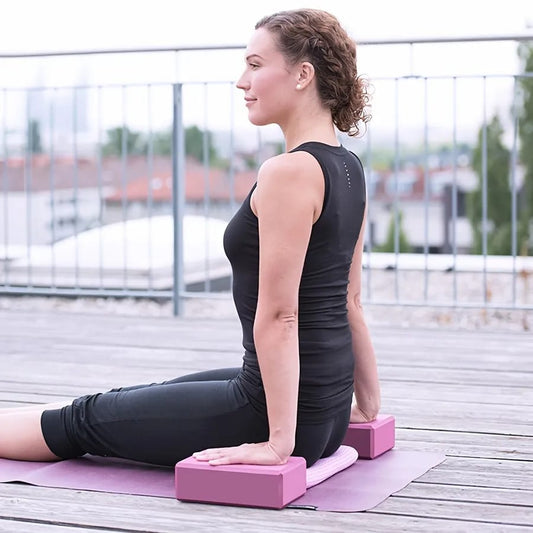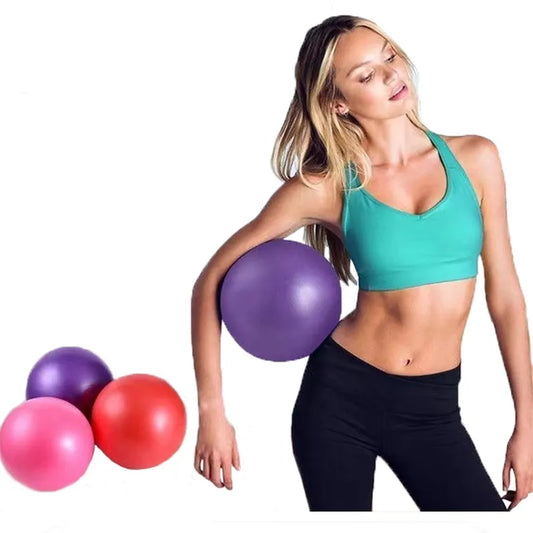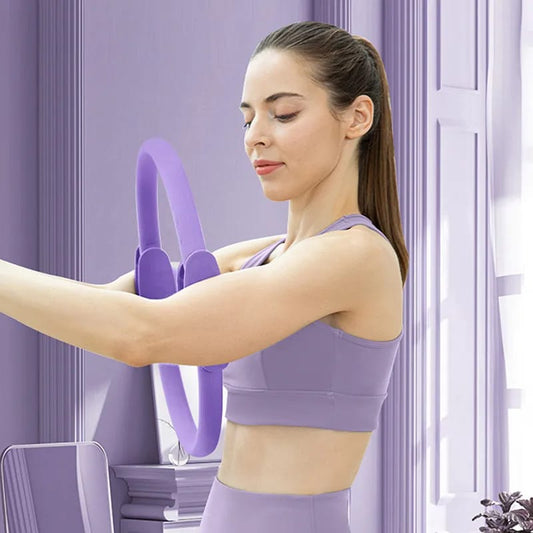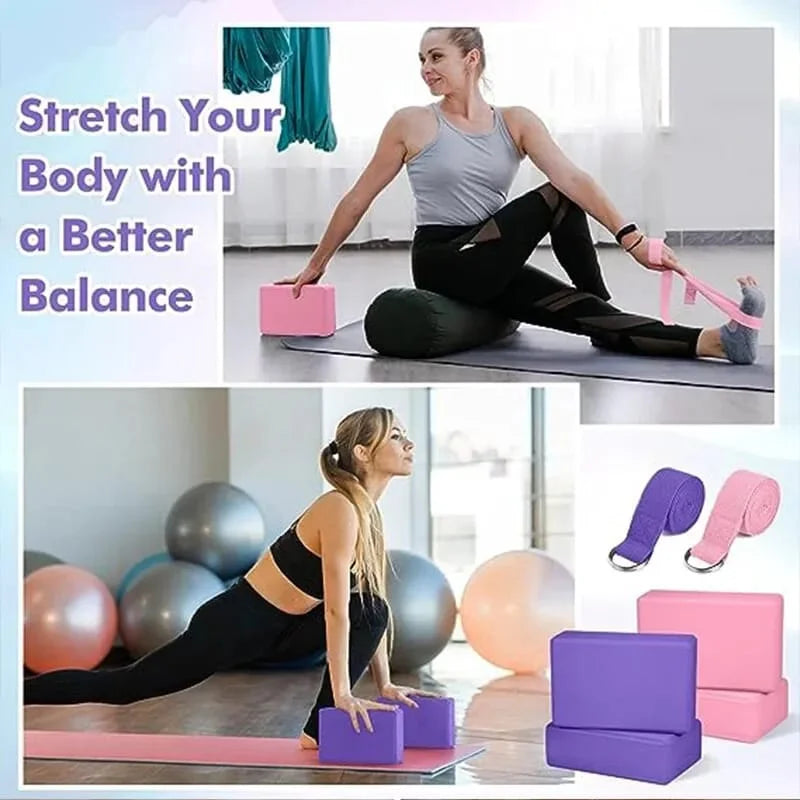Vinyasa yoga is a dynamic and flowing style of yoga that synchronizes movement with breath. It is characterized by smooth transitions between poses, creating a continuous and rhythmic sequence of movements. The word "vinyasa" can be translated as "to place in a special way," referring to the deliberate arrangement of poses in a flowing sequence.
Key Elements of Vinyasa Yoga:
-
Breath-Centered Movement: Vinyasa yoga emphasizes coordinating breath with movement. Each movement is linked to either an inhale or an exhale, creating a seamless flow of breath and energy throughout the practice.
-
Flowing Sequences: Vinyasa classes typically involve sequences of poses that flow together smoothly, creating a dynamic and invigorating practice. The sequences may vary in intensity, speed, and complexity, offering practitioners opportunities to challenge themselves and explore their edges.
-
Sun Salutations (Surya Namaskar): Sun Salutations are a foundational component of Vinyasa yoga. These sequences consist of a series of poses that are performed in a fluid, continuous motion, often used to warm up the body and build heat.
-
Creative Sequencing: Vinyasa yoga teachers often design creative and inventive sequences that explore different themes, focus areas, or intentions. Sequencing may be influenced by various yoga traditions and styles, allowing for diversity and variety in the practice.
-
Alignment and Awareness: While Vinyasa yoga emphasizes fluid movement and transitions, it also prioritizes alignment, safety, and mindfulness. Practitioners are encouraged to move mindfully, honor their body's limitations, and maintain awareness of their breath and sensations.
-
Modifications and Variations: Vinyasa yoga classes typically offer modifications and variations of poses to accommodate practitioners of all levels and abilities. Teachers may provide options for beginners, intermediate students, and advanced practitioners, allowing everyone to practice at their own pace and level.
-
Breath Control (Pranayama): Vinyasa yoga incorporates various pranayama techniques to deepen the breath, calm the mind, and enhance energetic flow. Breath awareness is integral to the practice, serving as a focal point for concentration and mindfulness.
Benefits of Vinyasa Yoga:
-
Physical Fitness: Vinyasa yoga improves strength, flexibility, balance, and cardiovascular health. The dynamic nature of the practice challenges the body and encourages full-body engagement.
-
Stress Reduction: Vinyasa yoga promotes relaxation, stress relief, and mental clarity through mindful movement and breath awareness. It helps release tension, calm the nervous system, and cultivate a sense of inner peace and well-being.
-
Mind-Body Connection: Vinyasa yoga enhances the connection between body, breath, and mind, fostering greater awareness, presence, and mindfulness both on and off the mat.
-
Creativity and Exploration: Vinyasa yoga encourages creativity, self-expression, and exploration. Practitioners have the opportunity to experiment with different poses, transitions, and sequences, fostering a sense of playfulness and curiosity in their practice.
-
Community and Connection: Vinyasa yoga classes offer a supportive and inclusive environment where practitioners can connect with others, share experiences, and cultivate a sense of community and belonging.
Overall, Vinyasa yoga offers a dynamic and transformative practice that integrates movement, breath, and mindfulness, empowering practitioners to cultivate physical vitality, mental clarity, and inner peace.



